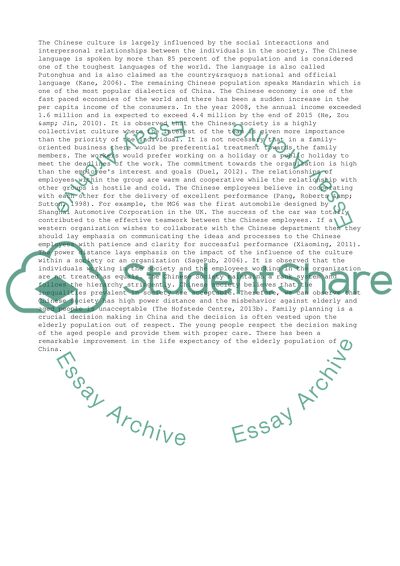Cite this document
(“Doing Business in China Research Paper Example | Topics and Well Written Essays - 2000 words”, n.d.)
Doing Business in China Research Paper Example | Topics and Well Written Essays - 2000 words. Retrieved from https://studentshare.org/business/1480522-doing-business-in-china
Doing Business in China Research Paper Example | Topics and Well Written Essays - 2000 words. Retrieved from https://studentshare.org/business/1480522-doing-business-in-china
(Doing Business in China Research Paper Example | Topics and Well Written Essays - 2000 Words)
Doing Business in China Research Paper Example | Topics and Well Written Essays - 2000 Words. https://studentshare.org/business/1480522-doing-business-in-china.
Doing Business in China Research Paper Example | Topics and Well Written Essays - 2000 Words. https://studentshare.org/business/1480522-doing-business-in-china.
“Doing Business in China Research Paper Example | Topics and Well Written Essays - 2000 Words”, n.d. https://studentshare.org/business/1480522-doing-business-in-china.


